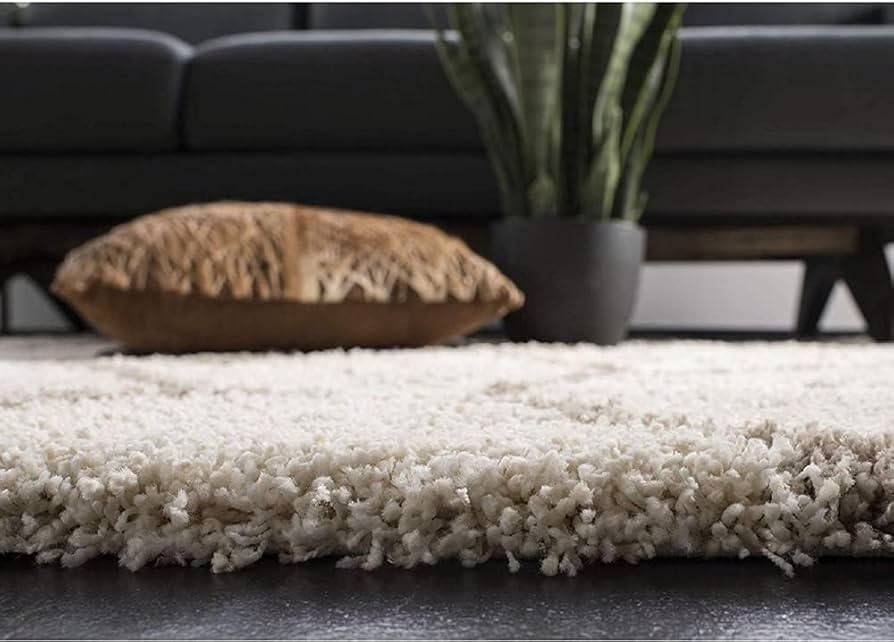When a flood strikes, it brings numerous challenges, one of which is the unwelcome growth of mold under carpet after flood. This insidious threat can pose health risks and compromise the structural integrity of your home. Addressing this issue promptly is crucial for homeowners and businesses alike. Let’s delve into what causes mold growth after flooding and how you can safeguard your living spaces effectively.

Why Is Mold Growth Under Carpet a Concern?
Mold thrives in damp, dark areas, and a flooded carpet provides the perfect conditions for its growth. The presence of mold can lead to respiratory problems, allergies, and long-term health concerns. It can also weaken the materials in your home, leading to costly repairs. Recognizing these dangers encourages property owners to act swiftly after a flood.
Key Causes of Mold Under Carpet
Post-flood conditions such as residual moisture, high humidity, and inadequate ventilation are primary causes for mold under carpets. After water recedes, carpets, padding, and subflooring can remain waterlogged. Without immediate attention, these materials become prime environments for mold spores to thrive.
Identifying Mold Under Your Carpet
Detecting mold early can save you both time and money. Some signs of mold infestation include a musty odor, discoloration on the carpet, and the appearance of spots or stains. In some cases, you might observe a persistent moisture issue that doesn’t resolve, signaling hidden mold beneath.
Steps to Inspect for Mold
To effectively inspect for mold under carpet after a flood, gently lift the edges of your carpet to examine the padding and subfloor. Use a flashlight to spot any telltale signs of mold growth. Additionally, testing the air in your home with a hygrometer can help determine if humidity levels are contributing to the problem.
Preventing Mold Growth Post-Flood
Prevention is always better than cure. Ensuring your home is well-protected from mold includes implementing the right preventive measures after a flood. Here are a few strategies to keep your carpets and home mold-free:
1. Thorough Drying of Affected Areas
The initial step in avoiding mold formation is to thoroughly dry the flooded areas. Utilize dehumidifiers and fans for efficient drying. Consider professional water extraction services, which can significantly reduce moisture levels.
2. Swift Removal of Soaked Carpets
A swift response is vital. Remove water-soaked carpets and padding promptly to permit the subfloor to dry completely. Delay in removal can enhance mold growth.
3. Carpet and Surface Disinfection
After removing the carpets, disinfect the floors with a solution of water and vinegar or a mild detergent to kill any residual spores. This crucial step minimizes the risk of mold taking root again.
4. Improving Ventilation
Good air circulation is essential. Ensure windows are open for airflow, and use fans to maintain a continuous breeze, which aids in drying out moisture-laden surfaces.
Removing Mold from Carpets
If you’ve discovered mold beneath your carpet, don’t panic. There are ways to tackle the problem effectively.
DIY Mold Removal
Do-it-Yourself (DIY) techniques can be effective for minor mold growth. Begin by applying a mixture of vinegar and baking soda on the moldy spots and scrub gently. However, if the mold has spread significantly, professional help might be necessary.
When to Call Professionals
For extensive mold issues, hiring professional mold removal services ensures a thorough clean-up, and they can also prevent further mold development. These experts possess the right tools and knowledge to tackle the problem efficiently and safely.
Learn more about professional mold solutions here.
Maintaining a Mold-Free Home
Maintaining a mold-free environment requires regular upkeep and vigilance. Routine checks, cleaning, and monitoring can prevent future infestations.
Regular Inspections
Schedule regular inspections of your carpets and home for any signs of moisture or mold. This proactive approach can catch potential problems early on.
Carpet Cleaning
Regular carpet cleaning, aside from eliminating visible dirt, also reduces mildew risks. For best results, consult with carpet cleaning services to maintain your carpets’ condition. You can find excellent guidance at How to Get Paint Out of Carpet for routine cleaning tips.
Home Humidity Control
Invest in a dehumidifier to maintain home humidity levels between 30% and 50%. Well-managed humidity helps in preventing mold spores from settling.
FAQs on Mold Under Carpet
Can bleach kill mold under carpets?
While bleach can kill surface mold on non-porous materials, it’s usually less effective on porous surfaces like carpet padding or wood. Professional mold removal may be needed for deeply embedded mold.
Is it necessary to replace carpets after mold is found?
If mold infestation is severe or has caused structural damage to the carpet, replacement might be necessary. For minor mold, professional cleaning might suffice.
How long does it take for mold to grow under a wet carpet?
Mold can start to grow within 24 to 48 hours under ideal conditions like warmth, moisture, and lack of air circulation. Immediate action is crucial to prevent this.

Final Thoughts
Handling mold under carpet after a flood requires prompt action, knowledge, and sometimes professional intervention. Through prevention, regular maintenance, and timely response, any homeowner or business can keep their spaces safe, healthy, and free from mold-related woes. Always remember, staying informed and proactive is the key to maintaining a pristine home environment. Visit Prevent Mold Tips for more expert insights on keeping your home mold-free.
This article contains affiliate links. We may earn a commission at no extra cost to you.


